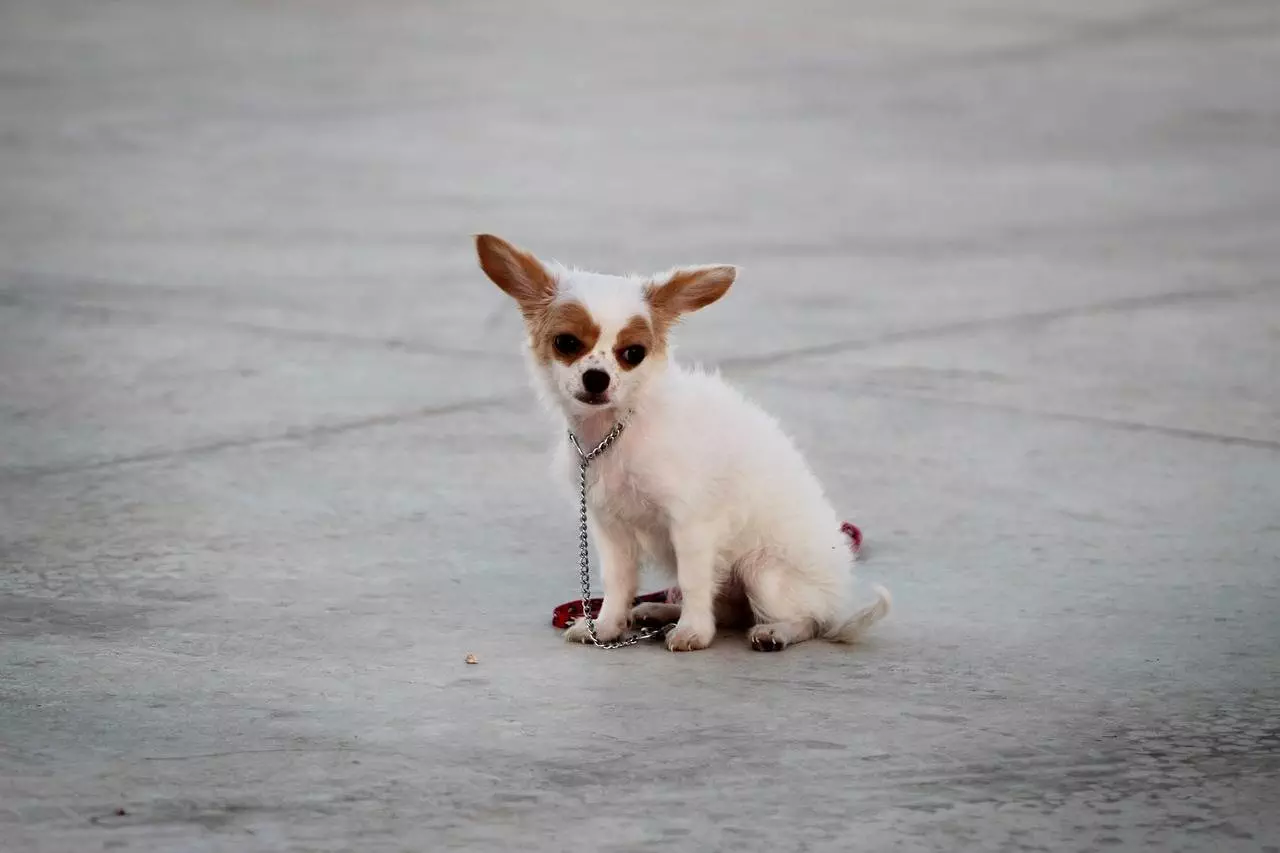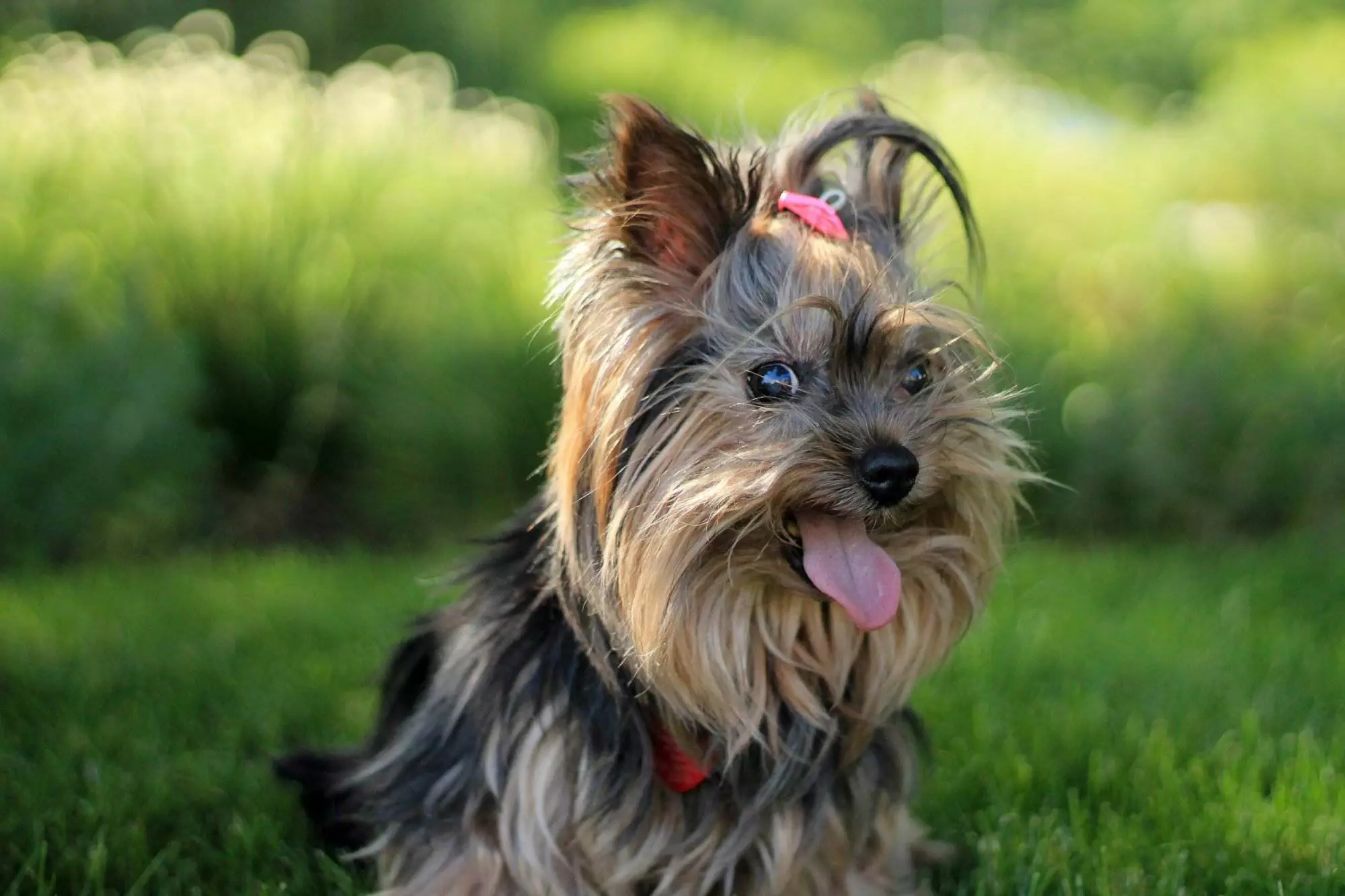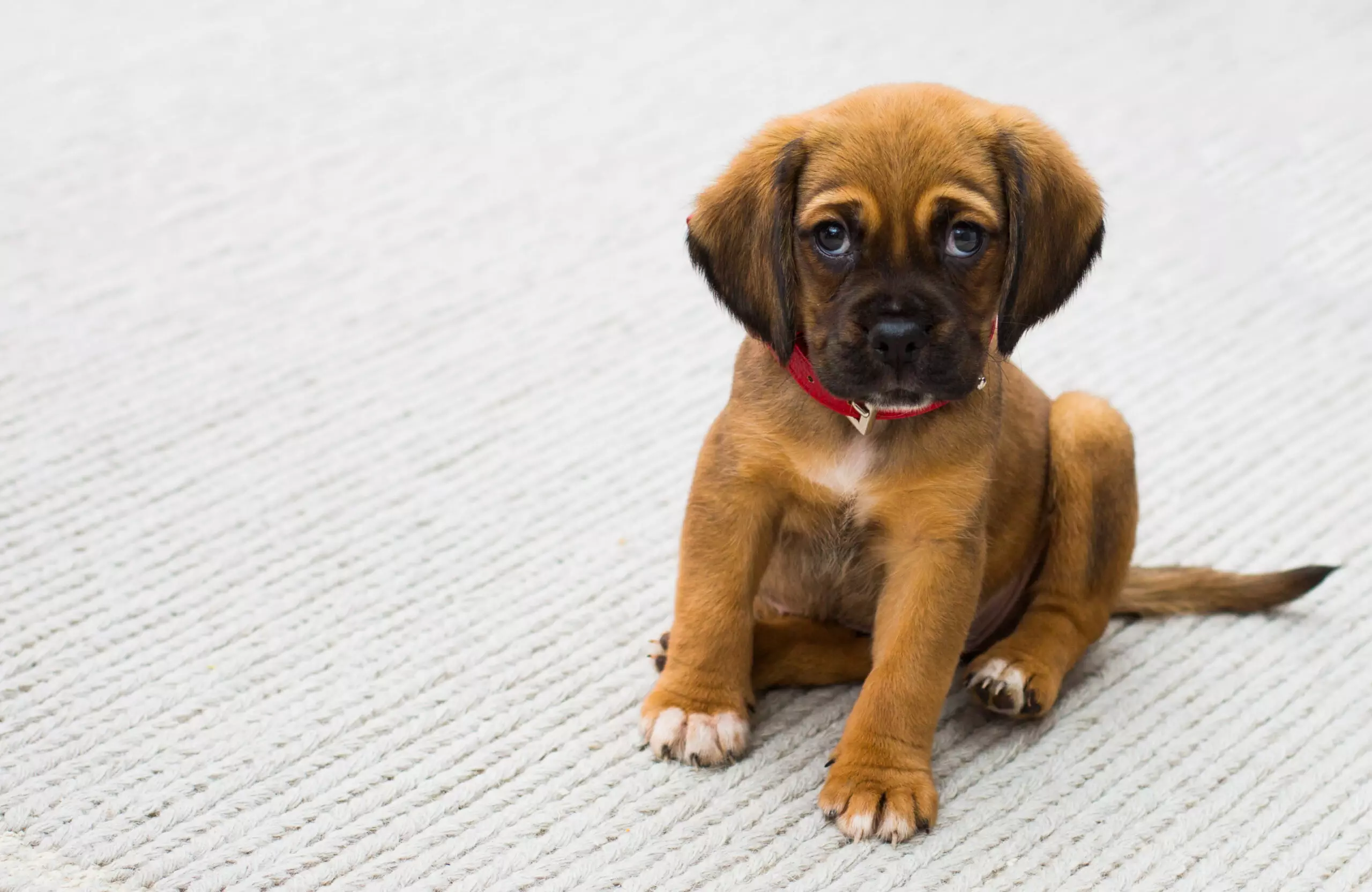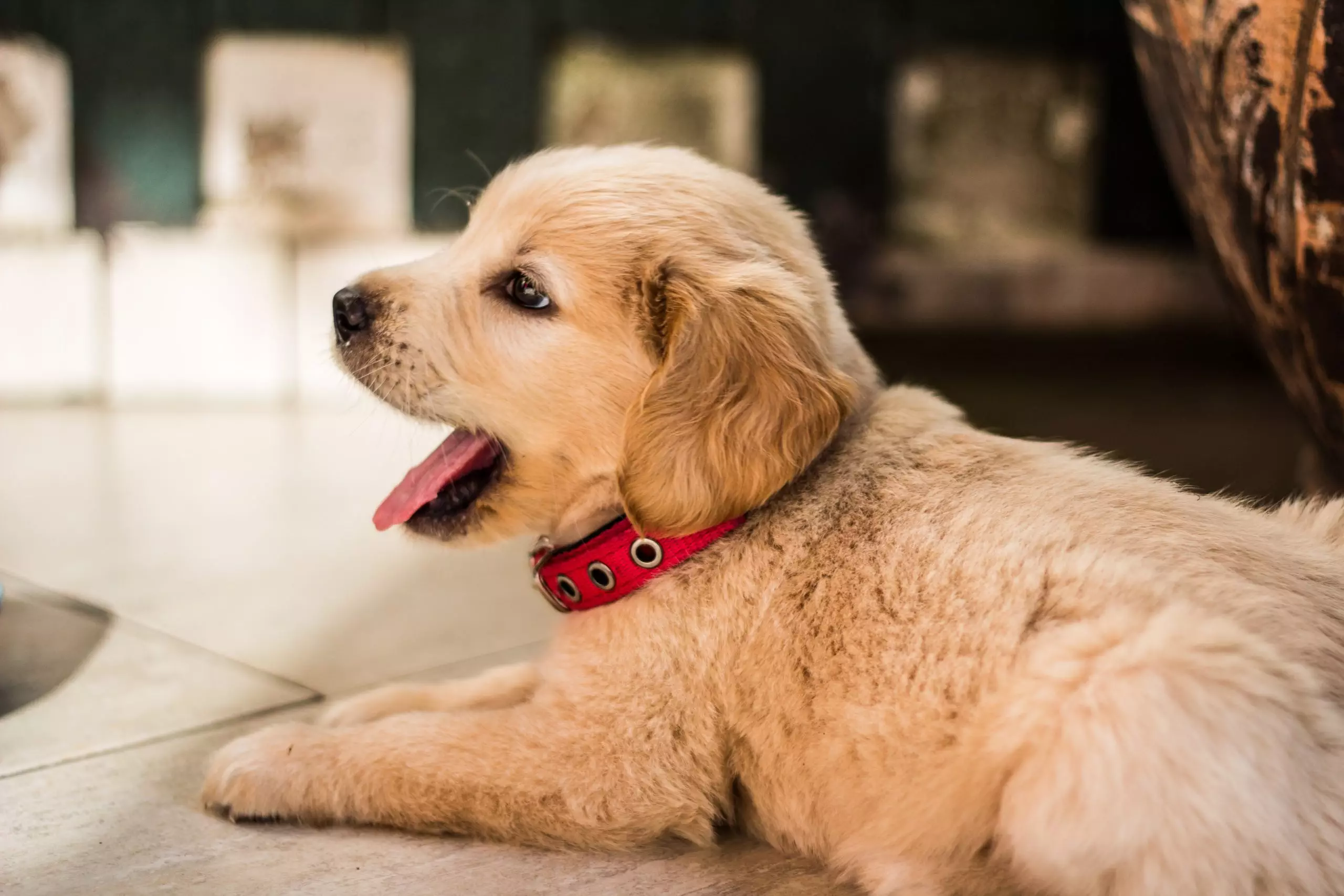Learn how to train a puppy to stay in this comprehensive guide. From creating a designated training area to using positive reinforcement, discover the essential steps for teaching your furry friend to stay put. Start your rewarding training journey today!
So, you’ve brought home a new furry addition to your family and now you’re wondering how to train a puppy to stay. Well, look no further! In this article, we’ll cover the essential steps that will help you teach your precious pup the valuable skill of staying put. From establishing a strong foundation of obedience to using positive reinforcement techniques, you’ll find all the guidance you need to set your furry friend up for success. Get ready to embark on a rewarding journey of training and bonding with your adorable pup as we uncover the secrets of teaching them to stay put.

Preparing for Training
Create a designated training area
Before you start training your puppy, it’s important to create a designated area where you can focus on teaching them the stay command. This area should be relatively quiet and free from distractions. Make sure it’s a space where both you and your puppy feel comfortable. It can be a corner of a room or even a specific spot in your backyard. Having a designated area will help your puppy understand that it’s time for training and will minimize distractions that could interfere with their learning.
Gather necessary training supplies
To effectively train your puppy to stay, you’ll need a few essential supplies. These include treats as rewards, a leash or tether, and possibly a clicker or a training whistle, depending on your preferred training method. Make sure you have these supplies readily available before each training session. Having everything you need at hand will ensure a smooth and uninterrupted training experience.

Choose an appropriate time for training
Timing is crucial when it comes to training your puppy. It’s best to schedule training sessions when your puppy is calm and has had some exercise, but is not too tired or too hungry. Typically, puppies are more receptive to training after they’ve had a chance to burn off some energy. Remember to pick a time when you yourself are feeling relaxed and focused. Training sessions should be enjoyable for both you and your puppy, so finding the right time will contribute to a positive and successful training experience.
Teaching the Basics
Teach basic obedience commands
Before introducing the stay command, it’s important to establish a foundation of basic obedience commands with your puppy. These commands include sit, stay, come, and lie down. Teaching these commands will facilitate the learning of the stay command and help your puppy understand and respond to your cues effectively.
Start with short training sessions
Puppies have short attention spans, so it’s crucial to keep training sessions brief and engaging. Start with just a few minutes of training at a time and gradually increase the duration as your puppy becomes more comfortable and focused. Shorter, more frequent sessions are more effective than long, exhausting ones for both you and your puppy. Remember to keep the training sessions fun and end on a positive note to keep your puppy motivated and eager to learn.
Use positive reinforcement
Positive reinforcement is the key to successful training. When your puppy follows the stay command, reward them with praise, treats, or a game of fetch. Positive reinforcement creates a positive association with the behavior, making your puppy more likely to repeat it. Avoid punishment or scolding, as it can create fear and confusion in your puppy. Focus on rewarding and reinforcing the good behavior instead.
Use clear and consistent cues
Consistency is crucial when teaching your puppy to stay. Use a specific cue, such as “stay” or a hand signal, and use it consistently every time you want your puppy to stay in place. Reinforce the cue with a hand gesture or verbal command, and always reward your puppy when they successfully stay. Consistency will help your puppy understand what is expected of them and make the training process more effective.

Introducing ‘Stay’ Command
Begin with a sit or down command
To introduce the stay command, start by giving your puppy a sit or down command. This will provide a foundation for them to stay in place. After giving the sit or down command, use the stay cue and take a step or two back. If your puppy remains in the sit or down position, reward them with praise and a treat. Keep the initial duration short and gradually increase it as your puppy becomes more comfortable with the stay command.
Extend the duration gradually
As your puppy becomes more familiar with the stay command, begin extending the duration they are expected to stay in place. Start by adding a few seconds at a time, gradually building up to a minute or more. It’s important not to rush this step, as puppies need time to understand and develop the desired behavior. Be patient and provide plenty of positive reinforcement to encourage your puppy to stay for longer periods.
Add distance gradually
Once your puppy has mastered staying in place for longer durations, it’s time to introduce distance. Start by taking a step or two away from your puppy, then return and reward them for staying. Gradually increase the distance between you and your puppy, always returning to reward them when they stay. It’s crucial to build up distance gradually to ensure your puppy understands and maintains the stay command even when you are farther away.
Practice in different environments
To generalize the stay command, it’s important to practice in various environments. Start in a quiet and familiar location, then gradually introduce distractions and new settings. Practice in your backyard, at a park, or even inside a pet store. This will help your puppy learn to stay regardless of the environment and strengthen their obedience skills. Remember to be patient and provide plenty of positive reinforcement as your puppy adapts to new surroundings.
Reinforce ‘stay’ command in real-life situations
To ensure your puppy understands and obeys the stay command in real-life situations, incorporate it into your everyday routines. Use the stay command when you need to answer the door, prepare their meals, or even while walking past other dogs on a leash. Consistently reinforcing the stay command in real-life situations will help your puppy understand that staying in place is expected and rewarded in various scenarios.
Addressing Common Challenges
Avoid common training mistakes
When training your puppy to stay, it’s important to avoid common training mistakes. These include inconsistency in cues, using punishment or force, or becoming frustrated and giving up too quickly. Remember to be patient, use positive reinforcement, and stay consistent in your training approach. Consistency and positive reinforcement will help your puppy understand and develop the desired behavior.
Manage distractions effectively
Distractions can pose a challenge when teaching your puppy to stay. Gradually introduce distractions during training sessions, starting with minor ones and gradually increasing the difficulty level. For example, begin by having a family member walk by or tossing a toy nearby. As your puppy becomes more skilled at staying despite distractions, increase the level of difficulty by introducing more tempting distractions. Remember to reward and reinforce your puppy for successfully staying despite the distractions.
Deal with puppy’s impatience
Puppies can often become impatient during training sessions, especially when they are learning new commands like stay. If your puppy starts to get antsy or tries to break the stay, calmly and gently guide them back into position and reinforce the stay command. Avoid getting frustrated or scolding your puppy, as this will only confuse and stress them. Instead, focus on providing clear cues and rewards for staying in place, gradually increasing the duration as their patience improves.
Troubleshoot difficulties in staying
If your puppy is having difficulty staying despite consistent training, there may be underlying issues to address. Assess whether your puppy is physically uncomfortable, such as experiencing pain or needing a potty break. Additionally, consider if there are any environmental factors, such as excessive noise or extreme temperatures, that may be distracting or uncomfortable for your puppy. Addressing these issues can help improve your puppy’s ability to stay and enhance their overall training experience.

General Training Tips
Maintain a positive and patient attitude
Training your puppy requires a positive and patient attitude. Dogs are sensitive to our emotions, so it’s important to approach training sessions with positivity and patience. If you become frustrated or impatient, it can hinder your puppy’s learning progress. Stay calm, focus on the desired behavior, and provide plenty of positive reinforcement to keep your puppy motivated and engaged.
Keep training sessions short and frequent
Short and frequent training sessions are more effective than long, exhausting ones. Puppies have short attention spans, so it’s essential to keep their training sessions engaging and focused. Aim for several five to ten-minute sessions throughout the day, rather than one long session. This approach will help your puppy retain what they’ve learned and prevent them from becoming overwhelmed or disinterested.
Use high-value treats as rewards
When training your puppy to stay, it’s crucial to use high-value treats as rewards. These treats should be extra tasty and exciting for your puppy. By using high-value treats, you’ll increase your chances of capturing and maintaining your puppy’s attention during training. Experiment with different treats to find what motivates your puppy the most, whether it’s small pieces of chicken, cheese, or even freeze-dried liver.
Vary training activities to keep it interesting
Training should be fun and engaging for both you and your puppy. To avoid boredom and keep your puppy motivated, vary the training activities. Incorporate games, obedience exercises, and even trick training. By mixing up the activities, you’ll prevent your puppy from getting bored and maintain their interest and enthusiasm for training.
End each session on a positive note
It’s important to end each training session on a positive note. Even if your puppy is struggling with a particular command, always finish the session with something they are confident in. By focusing on a successful behavior, you’ll leave your puppy feeling encouraged and eager for the next training session. Remember to praise and reward your puppy for their achievements, no matter how small they may seem.
Seek professional help if needed
If despite your best efforts, you’re still experiencing challenges in training your puppy to stay, don’t hesitate to seek professional help. A professional dog trainer or behaviorist can provide expert guidance and customized training techniques to address specific issues. They can assess your puppy’s individual needs and help you develop a training plan that suits both you and your furry friend.
Reinforcing Training Success
Gradually reduce reliance on treats
As your puppy becomes more proficient in staying, you can gradually reduce their reliance on treats as rewards. At first, reward every successful stay with a treat. Then, progressively decrease the frequency of treat rewards while still praising and providing verbal reinforcement. This will help your puppy understand that staying is expected regardless of the presence of treats.
Practice ‘stay’ in different settings
To reinforce your puppy’s ability to stay, practice the command in different settings. Gradually introduce distractions, such as other dogs, people, or noises, to help your puppy remain focused and maintain the stay command. By practicing in various environments, you’ll ensure that your puppy associates the stay command with general obedience, regardless of the surroundings.
Incorporate ‘stay’ in everyday routines
To strengthen the stay command, incorporate it into your everyday routines. Before opening the door, ask your puppy to stay. Before serving their meals, request a stay. By incorporating the stay command into daily activities, your puppy will understand that staying in place is a regular part of their routine.
Continue practicing obedience commands
Training is an ongoing process, and it’s essential to continue practicing obedience commands beyond just teaching the stay command. Reinforce the basic obedience commands, such as sit, come, and lie down, during daily interactions with your puppy. This ongoing practice will not only maintain their training but also reinforce their understanding of the stay command and their overall obedience skills.
Maintain consistency and reinforce good behavior
Consistency and reinforcement of good behavior are key to maintaining the stay command and overall training success. Use the same cues and expectations consistently, and always reward your puppy when they successfully stay. Consistency will help your puppy understand what is expected of them, while reinforcement will encourage them to continue exhibiting the desired behavior.
Ensuring Safety
Puppy-proof the training area
Before starting training sessions, make sure to puppy-proof the training area. Remove any objects that could be dangerous or distracting for your puppy. Secure loose wires, move toxic substances out of reach, and block off any areas that could pose a risk. By creating a safe training environment, you can focus on teaching your puppy to stay without worrying about their safety.
Use a leash or tether for added control
To ensure your puppy stays in place during training, consider using a leash or tether. By attaching the leash or tether to a secure anchor point, you can provide extra control and prevent your puppy from wandering off. This added control will help reinforce the stay command and ensure your puppy’s safety.
Observe the puppy’s body language
During training, it’s crucial to pay attention to your puppy’s body language. Observe for signs of stress, fear, or discomfort. Look for cues such as ears pulled back, a tucked tail, or excessive panting. If you notice any of these signs, take a break and reassess. It’s important to prioritize your puppy’s well-being and adjust the training approach accordingly.
Supervise interactions with other pets or children
If you have other pets or children in the household, it’s important to supervise interactions between them and your puppy during training sessions. Make sure everyone understands and respects the training process. This will prevent any potential accidents or disruptions during training and ensure a safe and focused environment for your puppy to learn the stay command.
Building Trust and Bond
Use positive reinforcement and rewards
Building trust and a strong bond with your puppy is crucial for successful training. Use positive reinforcement and rewards to create a positive association with training. Praise and reward your puppy for their efforts and achievements during each training session. This positive reinforcement will not only enhance their learning experience but also strengthen the bond between you and your furry friend.
Spend quality time with your puppy
Beyond training sessions, it’s important to dedicate quality time to bond with your puppy. Engage in activities they enjoy, such as playtime, cuddling, or going on walks together. This quality time will further deepen your connection with your puppy, making them more motivated to please you and learn the stay command.
Engage in interactive play sessions
Interactive play sessions are not only fun but also beneficial for training purposes. Incorporate games like fetch or hide-and-seek into your playtime with your puppy. These activities will provide mental stimulation and reinforce their training. Remember to incorporate the stay command during these play sessions to further solidify their understanding and response.
Establish a routine and predictable environment
Dogs thrive on routine and predictability. Establish a consistent training schedule and stick to it. This will help your puppy understand when training sessions occur and what is expected of them. Additionally, maintain a predictable environment by ensuring consistency in rules, boundaries, and daily routines. This structured and stable environment will contribute to your puppy’s overall training success and strengthen your bond.

When to Seek Professional Help
Persistent difficulty in training
If you consistently face challenges and difficulties in training your puppy to stay despite your best efforts, it may be time to seek professional help. A professional dog trainer or behaviorist can evaluate your training methods, identify any underlying issues, and provide personalized guidance to address them. They can offer alternative techniques and strategies to help you achieve the desired results.
Aggressive behavior or biting
If your puppy displays aggressive behavior or engages in unacceptable biting during training sessions, it’s important to seek professional help immediately. These behaviors can escalate and pose risks to both you and your puppy. A professional can assess the situation and provide appropriate guidance to address the aggression and prevent it from becoming a long-term issue.
Severe anxiety or fearfulness
If your puppy shows signs of severe anxiety or fearfulness during training sessions, it’s crucial to consult with a professional. They can determine the underlying causes of these behaviors and develop a specific training plan to help your puppy overcome their anxieties. Anxiety and fearfulness can hinder the learning process, so addressing them is essential for successful training.
Unwanted behaviors not improving
If your puppy continues to exhibit unwanted behaviors despite consistent training efforts, it may be time to seek professional help. Unwanted behaviors such as excessive barking, jumping, or destructive chewing can be signs of underlying issues that need to be addressed. A professional can assess the behaviors, identify any underlying causes, and provide you with techniques to address and modify them effectively.
Final Thoughts
Patience and consistency are key
When training your puppy to stay, remember that patience and consistency are key. Dogs learn at different rates, so be patient and allow your puppy the time they need to understand and develop the stay command. Consistency in your training approach and expectations will ensure that your puppy grasps and maintains the desired behavior.
Celebrate progress and small victories
Training your puppy is an ongoing process, and it’s important to celebrate their progress and small victories along the way. Every successful stay is a step towards their overall training success. Take the time to acknowledge and praise your puppy for their efforts, no matter how small. Celebrating progress will motivate your puppy and strengthen the bond between you.
Enjoy the training process with your furry friend
Training your puppy to stay is not just about the end goal but also about the journey itself. Enjoy the training process and spend quality time with your furry friend. Cherish the bond you’re building, the teamwork, and the moments of joy and accomplishment. Training is a wonderful opportunity to strengthen your bond and create a well-behaved and happy companion.





